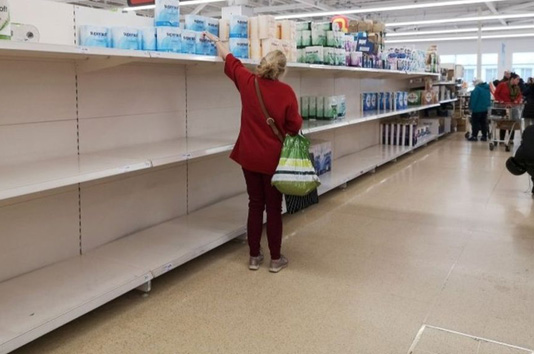LONDON, Oct 9, 2020 (BSS/AFP) – The squeeze on Britain’s beleaguered
retail sector from tighter coronavirus restrictions reducing numbers of
shoppers on the high street clung on into September, data showed Friday.
Latest figures from industry body the British Retail Consortium (BRC) and
analytics company ShopperTrack showed that UK retail footfall was down by
30.1 percent in September compared with a year earlier.
The data did show a slight month-on-month improvement in September from
August — although local lockdown restrictions weighed on sentiment.
“As the second wave of the pandemic sweeps the UK and additional
restrictions come into force, footfall has steadily dropped during the month
as many shoppers chose to stay at home,” said BRC chief executive Helen
Dickinson.
She added: “It is likely that rising case numbers and future restrictions
may see footfall decline in the coming months.
“Sales at upcoming holidays, including Halloween and Bonfire Night, are
also likely to remain muted.”
Britain began emerging in June from a nationwide lockdown that lasted
almost three months.
The lockdown sparked a surge in online shopping as people shunned high
streets and switched to computer screens and smartphones.
Bank of England governor Andrew Bailey meanwhile warned Thursday that
recession-mired Britain faced the prospect of an “uneven” recovery, as the
government battles a second wave of rising infections with tighter
restrictions and localised lockdowns.
“When you look at areas of activity in the economy that require more close
social interaction, it’s no surprise that they have been the weakest to
recover,” he said at an online conference.
Bailey also warned that the risks were skewed to the downside — and noted
Britons had been “cautious” in response to grim news of resurgent infections.
“There is an unprecedented level of uncertainty at the moment — and the
risks I am afraid are still very much to the downside.
“Of course, that reflects both firstly the pattern of returning evidence of
Covid, and secondly — unsurprisingly — the natural caution of people’s re-
engagement with (economic) activity in view of that.”



